Application case丨Disorderly unstacking in smart logistics
- Views:
- Time of issue:2019-03-29 00:00
Application case丨Disorderly unstacking in smart logistics
- Views:
- Time of issue:2019-03-29 00:00
According to statistics, China produces an average of about 100 million express deliveries every day. How does such a huge logistics work in the warehouse?
warehouse workflow
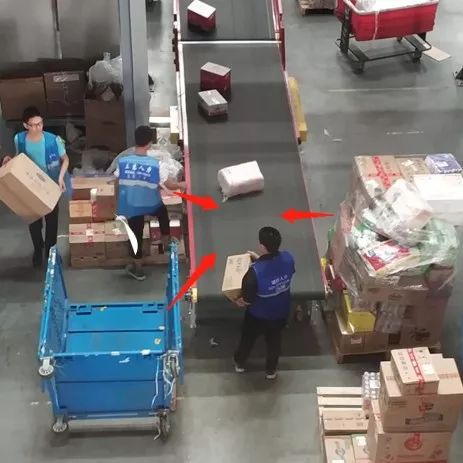
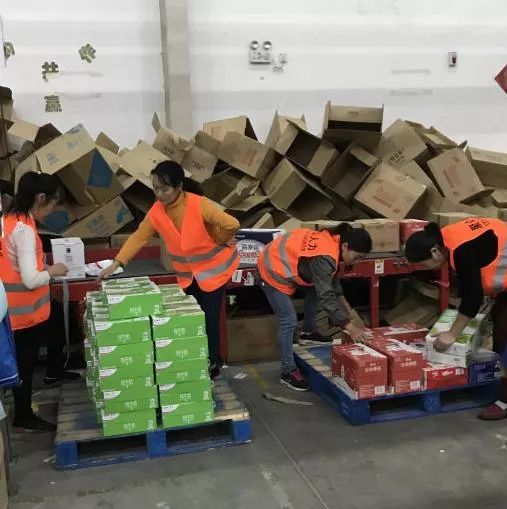
In the storage warehouse, the packaging is mainly cartons, and there are many kinds of boxes. The traditional sorting method mainly relies on manual work, which is labor-intensive and labor-intensive.
Step 1: After receiving the information, the high-level forklift driver puts the high-level goods on the bottom shelf, and the manual forklift personnel pick the goods on the bottom shelf and put them on the pallet. Since customer orders are randomly generated, the goods placed on the pallet are also random.
In the second step, the forklift workers send the pallets full of goods to the side of the conveyor belt, and wait for the workers to move them to the conveyor belt.
In step 3, workers distributed next to the conveyor belt move the goods on the pallet to the conveyor belt.
In step 4, when the boxes on the conveyor belt pass the end of the line, workers scan them and leave the warehouse.
Project Challenge · Difficulties in Robot Operations
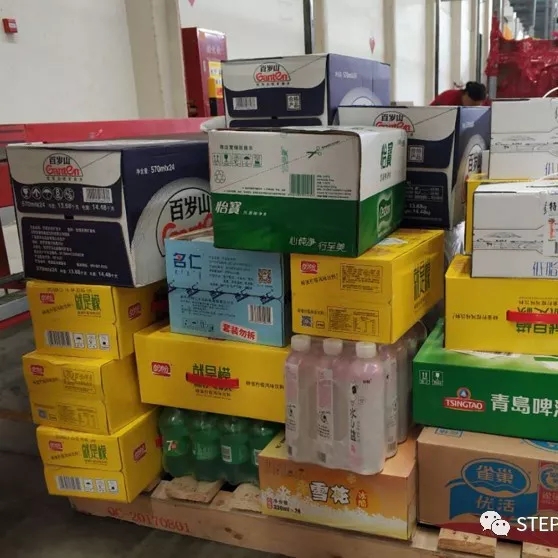

Since the goods are stacked out of order, it is impossible to predict where the robot's next grabbing point will be.
The runtime cannot be resolved by pre-avoidance.
There are many kinds of warehouse boxes, and the packaging method is simple; especially some items are fragile, such as wine boxes.
Unordered depalletizing in smart logistics
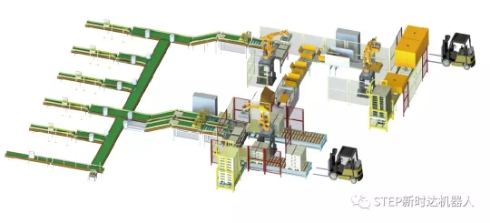
In the STEP plan, robots are used to replace the original "workers distributed next to the conveyor belt", and the action of moving the goods on the pallet to the conveyor belt is realized by the robot.
The workstation adopts the robot single-system dual-vision method, and the success rate of visual recognition is as high as 99.99%.
Each workstation can replace 3-4 workers, and the time period for each cargo handling can be reduced by 30%.
Unordered unstacking by robots can greatly reduce the labor intensity of on-site workers in secondary handling.
The project has been running continuously for 6 months without failure, and has successfully passed the pressure test of "Double Eleven".
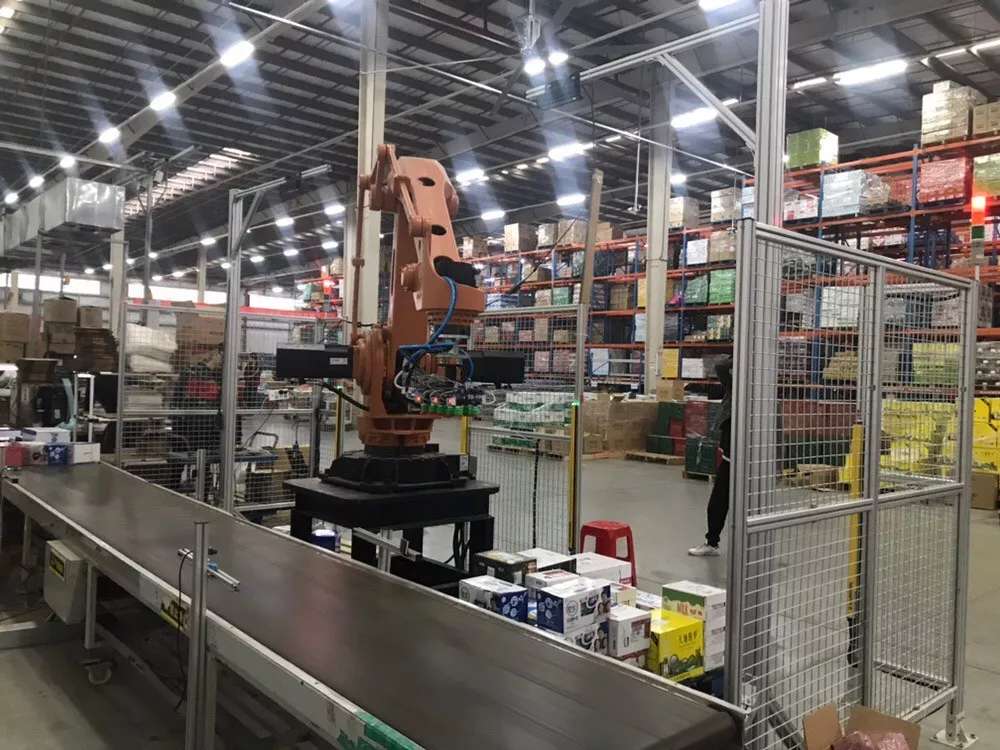
The implementation of the intelligent logistics solution - robot disorderly unstacking project not only greatly improves the work efficiency, but also reduces the labor cost is also a fortune.
Scan the QR code to read on your phone


